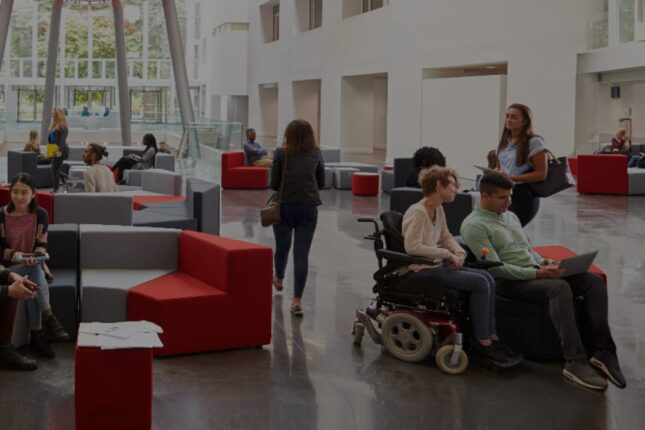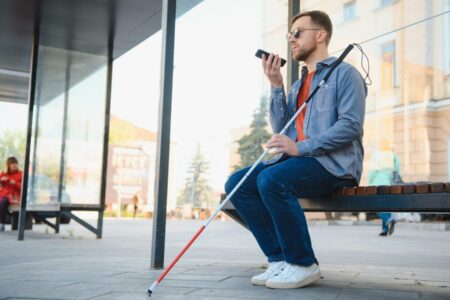Recently, Domino’s was found to have an inaccessible website that prevented some customers from having the same ordering experience as the rest of us – in this case, the visually impaired. At the beginning of 2019, Beyoncé’s production company faced backlash for similar reasons when customers requiring assistive technology couldn’t shop throughout the site because of a lack of alternative text, which violates the Americans with Disabilities Act. And not just that, all agencies and organizations that receive any federal assistance or funding must maintain accessible websites.
Companies are beginning to realize that providing products and websites that are accessible and usable for all is something they need to address. Not only for potential legal reasons, but also to support an under-served market who can either become their trusted employees or future customers. What skills and values should companies look for when building their teams to ensure their digital content is usable for everyone? There are a number of certifications, courses, and reference materials that designers, developers, and testers can leverage to increase their understanding and capability in this area of compliance. And make no mistake; having these hard skills are important and valuable.
But there are other skills that are equally necessary. And these skills can be very important when identifying the right people with whom to entrust your accessibility compliance. Despite all the accessibility training and certifications available, there is still one skill that is commonly absent from internal processes and misunderstood by engineers. And it’s the most important, and often the most under-developed skill for accessibility – empathy.
It’s possible to have a functionally accessible compliant site and still present a poor experience for a user with a disability. Just because an image has alt-text applied doesn’t mean it’s useful alt-text. And having tab order run nicely down a page doesn’t automatically mean that the navigation experience is logical and understandable. Without empathy, your site may be technically compliant while remaining a frustrating and confusing experience for your users who are differently-abled.
Some people are naturally empathetic. And others… well, not so much. But research suggests empathy can be a learned and refined skill. So how can we increase and strengthen our empathy? Below are three things you can begin doing to develop empathy for users of your site.
Get to know people not like you
Having friends and acquaintances that have different backgrounds or experiences can help us see things through a different lens and help us develop a new perspective on things.
How big is your circle of influencers? Usually we’re more concerned about enlarging our sphere of influence over others, but do you look for ways to increase the number of people that can influence you to help inform decisions and actions? How many influencers do you have that are not like you? People that have different ideas or think about things differently than you. Having friends and acquaintances that have different backgrounds or experiences can help us see things through a different lens and help us develop a new perspective on things. This not only shapes us as people, but also informs us in how we work.
Listen more and ask questions
It’s easy to get caught up in work and simply put your head down, focus on the task at hand, and get the job done. But it’s good to lift your head and observe what’s going on around you. Do you work with anyone that has a disability? If so, have you taken the time to watch how they work? Or just watch how they interact around the office? What seems to make things more difficult for them?
But then, do more than observe. Learn something about that person. There’s nothing wrong with asking questions. Allow yourself to be drawn outside of what makes you comfortable in order to grow your awareness.
Think beyond yourself and your experiences
Sometimes we get into a rut of focusing too much on ourselves. And it’s pretty typical that we do things the way we’re used to doing them. This has an impact on the way we code, the way we design, the way we manage – basically, how we do our work. But it also limits us if we’re unable or unwilling to look at things in a different way or from a different vantage point.
For example, when designing the experience around a site, don’t limit your thinking to just how you would use it. Think about how someone might use it differently than you would. What if the user couldn’t use a mouse and had to rely solely on a keyboard to navigate around? Or open a screen reader and have it read the site back to you. Would you change something based on what you discovered from looking at it in a different way?
What are you doing to increase your empathy level? I would challenge you to see beyond yourself and be willing to think about things from a different perspective, and see the effect it has on you in the way you approach your work.
Want more information?
If you would like to learn more information, please contact us today.






